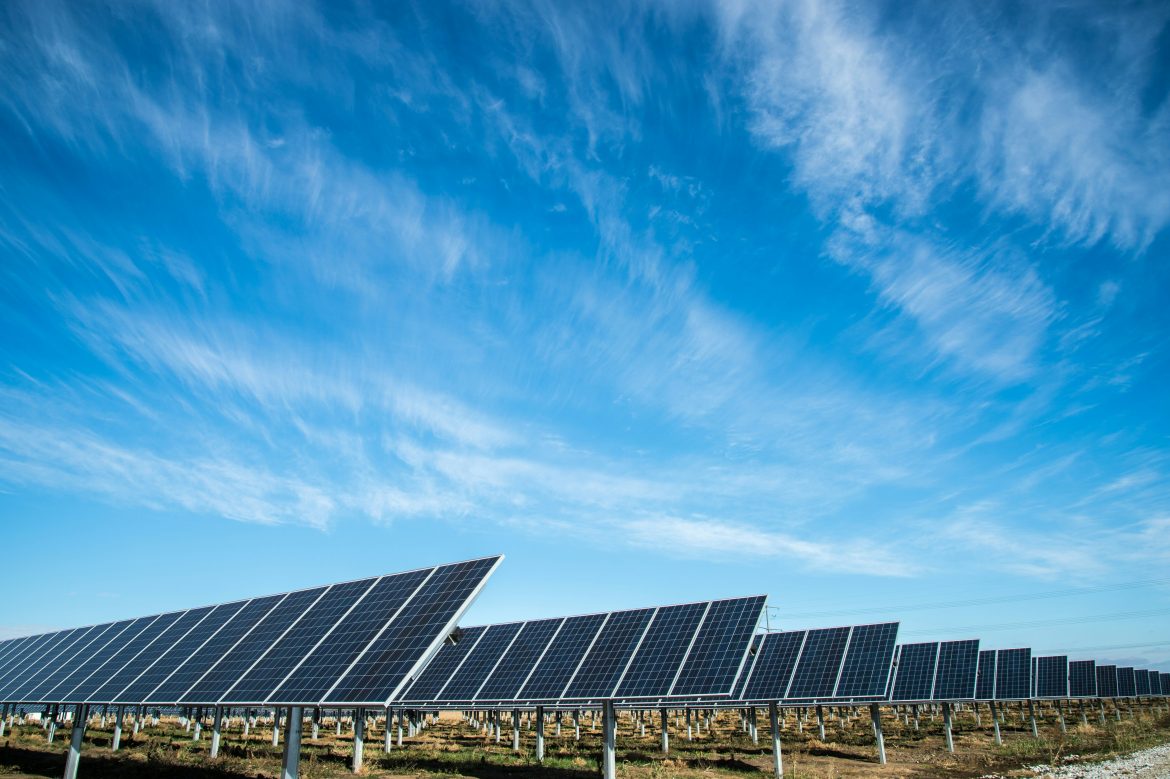A study conducted by the Ember EU think-tank showed that the EU wind and the solar power increased by 46% from 2019, the European Commission’s current term’s beginning, to 2023 and curbing a fifth of the EU bloc fossil fuel generation.
The EU has issued a directive to states that by 2030, the member countries are required to derive at least 45% of their total energy from renewable sources of energy. Elections to the EU Parliament are to take place during June 6-9, and according to polls the pro-EU centre right, centre left, greens and liberals could see their proportionate majority slump, thereby uplifting the far right.
The good news is that there are currently EU polices in place that prohibit excessive levels of greenhouse gas emissions but the prospect of implementing tougher legislation may face obstacles especially given the upcoming revisits of certain laws in the next five years.
To be specific, the new wind and solar capacities both have seen a 65% increase compared to 2019 in the EU.. Just wind capacity grew 31% to 219 GW in 2023 and capacity of utility-scale solar power stations rose 135% to 257 GW. This is equivalent to an average of 236,190 solar panels a day over the last four years as stated in the report.
This expansion was instrumental in reducing the fossil fuel generation despite fossil fuel generation being expected to decline by only reaching 1.9 per cent (21 TWh) without it, rather than the observed 22 per cent. These reductions fell in line with lower electricity demand, though overall generation from other clean sources also decreased.
Sarah Brown, Europe programme director at Ember, emphasized the significance of this shift, stating, “The EU now has more homegrown wind and solar power than ever, driving both coal and gas electricity generation to historic lows.” She added, “The EU is now undergoing a momentous, enduring transition away from dependence on fossil fuels for power.”
The rise in solar and wind capacity has propelled the share of total renewables in the EU’s electricity mix to 44% in 2023 from 34% in 2019. Concurrently, a decline in coal and gas generation has lowered the share of fossil fuel generation to 32.5% from 39%.



